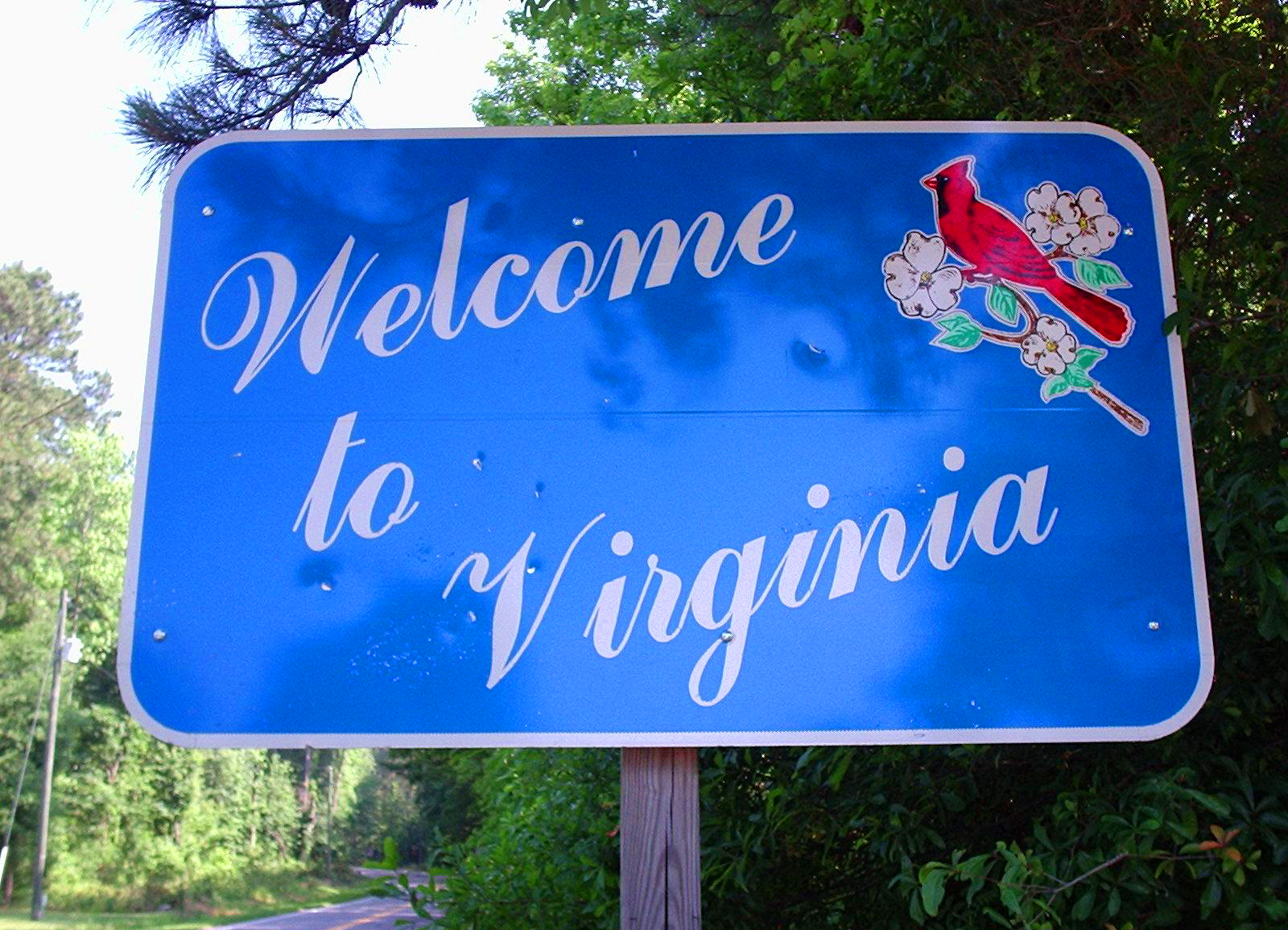 On January 16, 1918, the Virginia General Assembly passed legislation approving the establishment of the first state highway system. Direct responsibility for the construction and maintenance of this network of 4,002 miles of roads and highways was given to the Virginia highway commissioner and his staff. Over the next 95 years, Virginia would see this system grow to almost 58,000 miles of state highways, the third-largest state-maintained highway system in the United States.
On January 16, 1918, the Virginia General Assembly passed legislation approving the establishment of the first state highway system. Direct responsibility for the construction and maintenance of this network of 4,002 miles of roads and highways was given to the Virginia highway commissioner and his staff. Over the next 95 years, Virginia would see this system grow to almost 58,000 miles of state highways, the third-largest state-maintained highway system in the United States.
Today, the Virginia Department of Transportation (VDOT) maintains 57,867 center-line miles (over 125,000 lane miles) network and it is divided into these categories:
- Interstate – 1,118 miles of four-to-ten lane highways that connect states and major cities.
- Primary – 8,111 miles of two-to-six-lane roads that connect cities and towns with each other and with interstates.
- Secondary – 48,305 miles of local connector or county roads. Arlington and Henrico counties maintain their own county roads.
- Frontage – 333 miles of frontage roads.
A separate system includes 10,561 miles of urban streets, maintained by cities and towns with the help of state funds. Virginia’s cities are independent of its counties.
Asphalt – The Pavement of Choice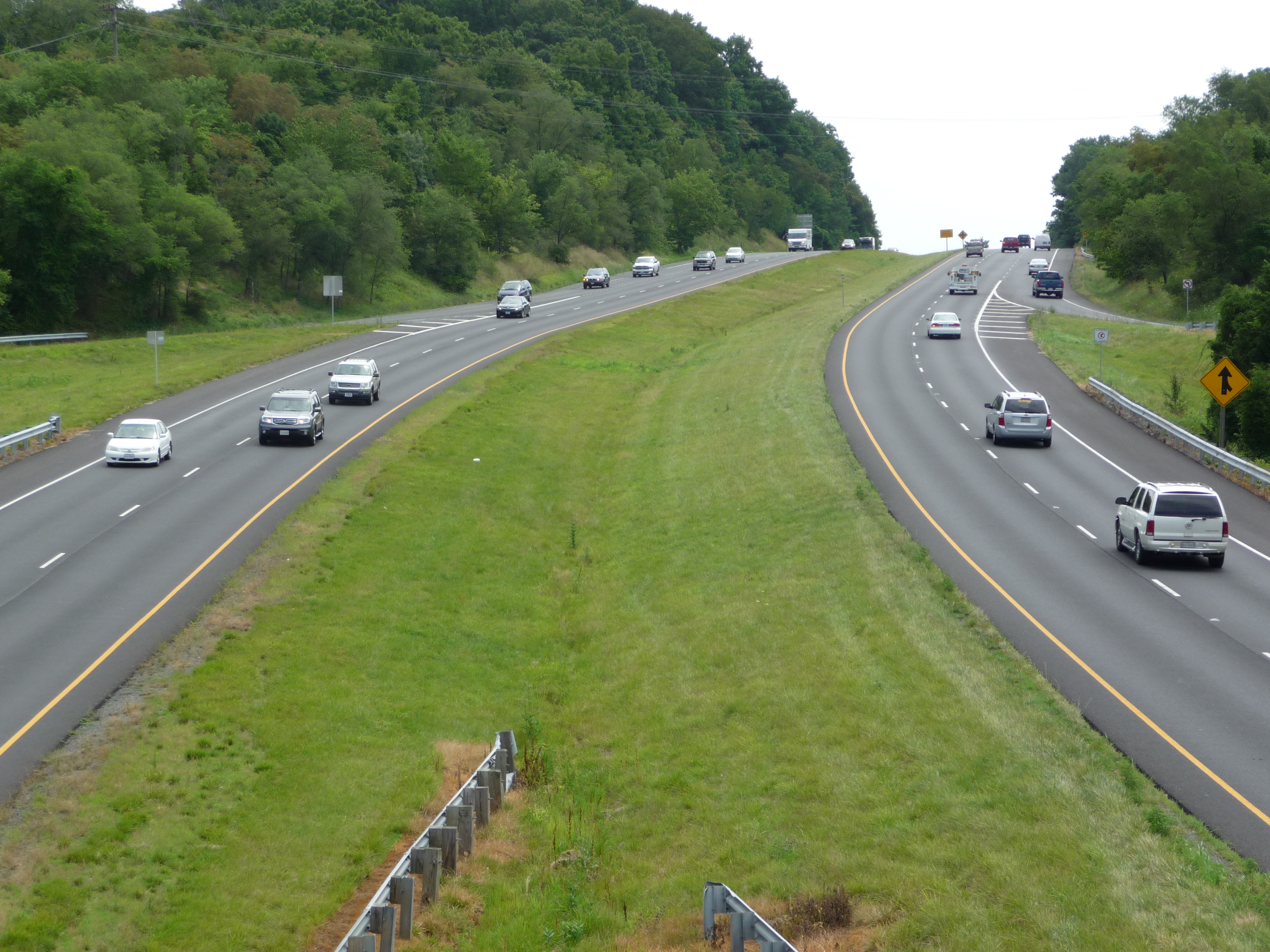
VDOT maintains over 100,000 lane miles of pavement in Virginia (highways can have as many as ten lanes in one direction, so the term “lane mile” is more descriptive of the miles of pavement). 75% of the lane miles are surfaced with asphalt, concrete or other hard surface materials. There are still 25,000 miles of unpaved roads in the Commonwealth.
98% of the 75,000 hard-surfaced lane miles have asphalt or asphalt-based surfaces.
Asphalt an Early Winner on Virginia’s Primary System
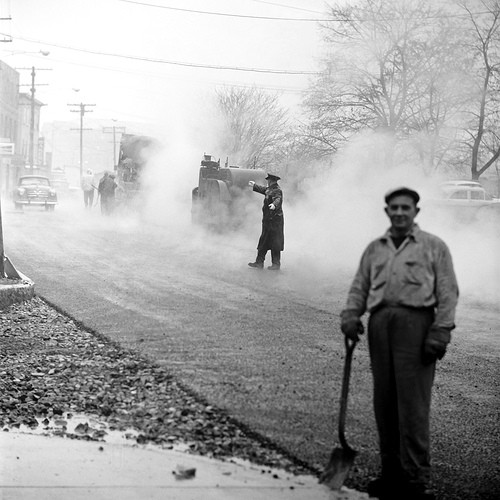 VDOT State Highway System mileage statistics show 17% of the 1930 Primary system were asphalt pavements but in just 10 years (1940) the percentage had increased to 72%. Not only that, 50% of the pavements that had been concrete in 1930 had been surfaced with asphalt by 1940. Statistics show asphalt to be the highway engineers’ pavement of choice on the Primary system every decade since and by 1950 90% of the mileage was asphalt and by 1970, more than 97%.
VDOT State Highway System mileage statistics show 17% of the 1930 Primary system were asphalt pavements but in just 10 years (1940) the percentage had increased to 72%. Not only that, 50% of the pavements that had been concrete in 1930 had been surfaced with asphalt by 1940. Statistics show asphalt to be the highway engineers’ pavement of choice on the Primary system every decade since and by 1950 90% of the mileage was asphalt and by 1970, more than 97%.
Today, asphalt is the material of choice in 98% of Virginia’s Primary system.
National Interstate and Defense Highway System
In the 1950’s President, Dwight D. Eisenhower championed the concept of an Interstate Highway System. He was influenced by his experiences as a young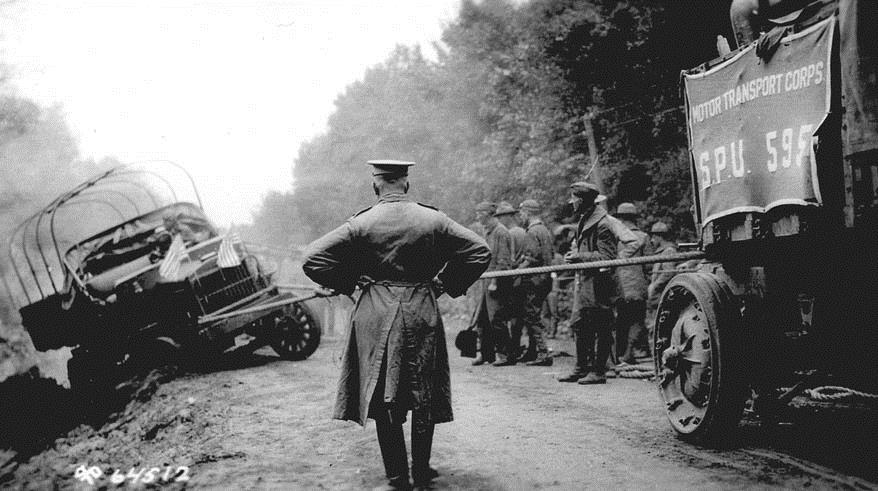 Army officer crossing the country in the 1919 Army Convoy on the Lincoln Highway, the first road across America. As Supreme Commander of the Allied forces in Europe during World War II, Eisenhower gained an appreciation of the German Autobahn network as a necessary component of a national defense system. He recognized that the proposed system would also provide key ground transport routes for military supplies and troop deployments in case of an emergency or foreign invasion.
Army officer crossing the country in the 1919 Army Convoy on the Lincoln Highway, the first road across America. As Supreme Commander of the Allied forces in Europe during World War II, Eisenhower gained an appreciation of the German Autobahn network as a necessary component of a national defense system. He recognized that the proposed system would also provide key ground transport routes for military supplies and troop deployments in case of an emergency or foreign invasion.
The Interstate Highway System was authorized by the Federal-Aid Highway Act of 1956, officially named the Dwight D. Eisenhower National System of Interstate and Defense Highways. The U.S. embarked on a massive highway construction program building a network of freeways that forms a part of the National Highway System of the United States.
 Virginia’s share was more than 1,070 miles (eventually 1,118 miles), and the Highway Commission assessed what development of the interstate system would mean to Virginia. The first interstate system hearing in Virginia was held by the Department of Highways on Feb. 20, 1957. It concerned a 10-mile segment of Interstate 95 south of Petersburg.
Virginia’s share was more than 1,070 miles (eventually 1,118 miles), and the Highway Commission assessed what development of the interstate system would mean to Virginia. The first interstate system hearing in Virginia was held by the Department of Highways on Feb. 20, 1957. It concerned a 10-mile segment of Interstate 95 south of Petersburg.
Asphalt a Winner on the Interstate System
Both Asphalt and concrete pavements were designed by VDOT highway engineers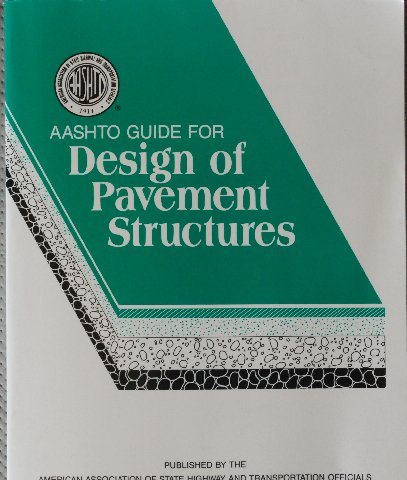 for Virginia’s Interstate pavements. The criteria chosen for the two pavement types were as follows:
for Virginia’s Interstate pavements. The criteria chosen for the two pavement types were as follows:
- Flexible (Asphalt) Pavements – a 20-year design life and 8 years’ service without a structural overlay.
- Rigid (Concrete) Pavements – a 25-year design life without the need for structural upgrading (a 35-year life for continuously reinforced concrete pavement).
In 1960 only 30 miles of more than 1100 miles of Interstate were complete and under traffic. VDOT statistics show that 20 of these miles (67%) were asphalt pavement. By 1990 the percentage had risen to over 80% and many of the pavements initially constructed as concrete pavements had been surfaced with asphalt. VDOT 2010 statistics reveal over 88% of Virginia’s Interstate network is now surfaced with asphalt.
Why has asphalt been the historical choice for both the Primary and Interstate systems?
Simply put, asphalt pavements have exceeded their design criteria/requirements, lasting far longer than their initial design lives. Concrete pavements, on the other hand, have performed poorly, with few sections meeting their original designed service life and they have required frequent, extensive and expensive patching.
VDOT statistics clearly show asphalt to be the superior performing pavement and paving material. It is:
- The Most Cost-Effective Pavement
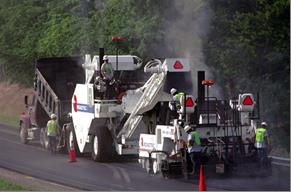
- Proven, Long Lasting Performance
- Greatest Speed of Construction
- Most Flexibility/Versatility
- Easiest to Rehabilitation
- Has Superior Life Cycle Performance
- Never Needed to be Complete Removed and Replaced
The vast majority of VDOT’s maintenance of asphalt roads does not involve structural repairs but restoring the surface. This restoration improves ride quality and reduces noise with asphalt mixes are used.
As of 2011, there are only 1100 lane miles of exposed concrete pavement on Virginia’s Interstate and Primary system, all other concrete pavements have been rehabilitated with asphalt.
An analysis of VDOT expenditures over the past eleven years (2001 to 2011) on these lane miles of concrete compared to the cost of maintaining asphalt Interstate and Primary pavements reveals some very interesting statistics.
The average per year cost to maintain asphalt surfaced roads was $1,800.
For the 1000 miles of concrete surfaced roads (some of which are new), the average annual per lane mile costs were more than four times that of asphalt, exceeding $7,500 per lane mile.